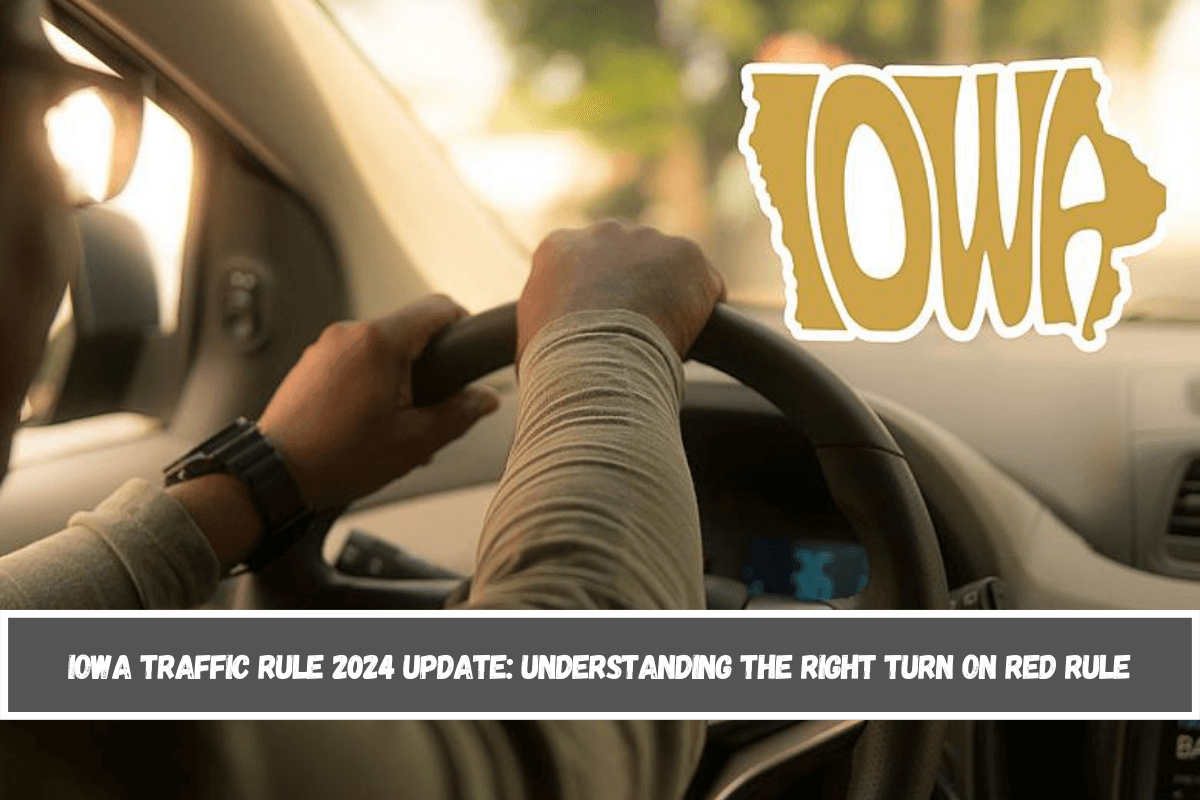In 2024, Iowa continues to uphold the Right Turn on Red rule, which permits drivers to make a right turn at a red traffic light after coming to a complete stop, unless otherwise indicated by signage. This rule is designed to enhance traffic flow while maintaining safety for pedestrians and cyclists.
Key Points about the Right Turn on Red Rule
- Complete Stop Required: Drivers must come to a full stop before turning right on red. This allows for the assessment of oncoming traffic and pedestrians.
- Yielding to Pedestrians and Bicyclists: When making a right turn on red, drivers must yield to pedestrians crossing the intersection and to any cyclists traveling straight through the intersection.
- Local Variations: Some intersections may have signs that prohibit right turns on red. Drivers should always be attentive to posted signs that may override the general rule.
- Safety Considerations: The rule aims to improve traffic efficiency but emphasizes the need for cautious driving, particularly in urban areas where pedestrian traffic is high.
Changes in Traffic Enforcement
Iowa’s traffic laws have also seen updates regarding automated enforcement systems. As of July 1, 2024, municipalities must apply for permits to continue using automated traffic enforcement systems, including those that monitor right turns at red lights. This regulatory change aims to ensure that such systems are justified based on safety needs and are not used excessively or improperly.
- Permit System: Local governments must demonstrate the necessity of their traffic cameras and enforcement methods, which includes providing data on traffic violations and accidents.
- Standardized Fines: New laws standardize fines for various traffic violations, including those captured by automated systems, which can now only issue tickets when a driver exceeds the speed limit by more than 10 miles per hour.
Conclusion
The Right Turn on Red rule remains an essential aspect of Iowa’s traffic regulations in 2024, promoting both efficiency and safety on the roads. Drivers are encouraged to remain vigilant and informed about both the general rules and specific local regulations that may apply at different intersections.















Leave a Reply